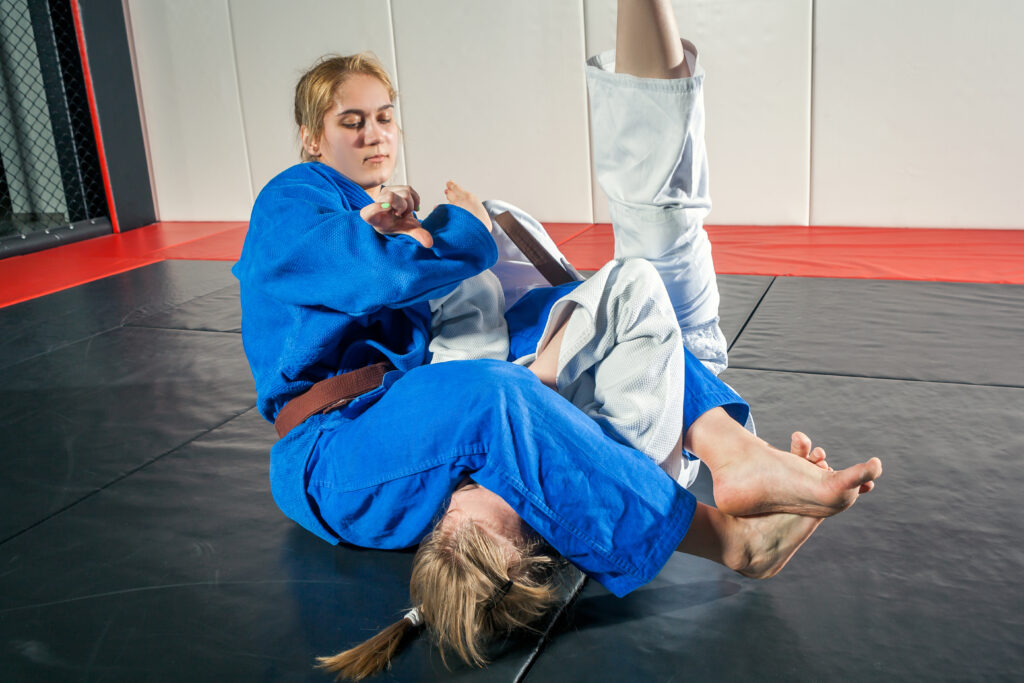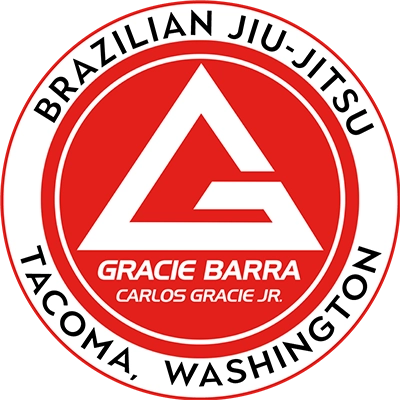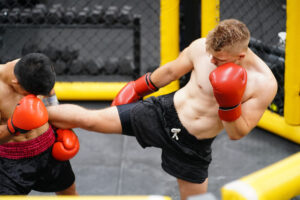The first time I felt truly helpless in a fight wasn’t when I was mounted or caught in a submission.
It was standing up, trapped in a clinch with someone who knew exactly what they were doing.
I couldn’t strike effectively, couldn’t escape, and found myself stuck in that uncomfortable no-man’s-land where neither my boxing nor my basic wrestling seemed to work.
That moment changed how I approached martial arts forever.
The Invisible Battlefield Most Fighters Neglect

Learn The Proper Technique with Us
The clinch exists in this strange liminal space in combat—not quite striking, not quite wrestling, yet demanding elements of both. While highlight reels showcase knockouts and submissions, championships are often quietly decided in these grinding, intimate exchanges that casual observers mistake for “just hugging.”
What makes clinch fighting so uniquely challenging is that it requires an entirely different sensory awareness. You’re no longer reacting primarily to what you see, but to pressure, weight shifts, and subtle changes in your opponent’s structure that you can only feel. It’s fighting by braille—a skill set many talented fighters never fully develop.
The Psychological Edge Few Discuss
Beyond the technical aspects, clinch fighting breaks many fighters mentally before it breaks them physically. There’s something uniquely claustrophobic about being controlled in the clinch that triggers panic even in experienced competitors. I’ve watched elite strikers completely abandon their game plans after being held against the cage for just one round—a psychological advantage that goes beyond technique.
The fighters who thrive here aren’t necessarily the most athletic or technically precise. They’re the ones comfortable in discomfort, who can think clearly while someone is trying to control their posture and breathing.
BJJ’s Hidden Gift to Clinch Fighting
What Brazilian Jiu-Jitsu brings to clinch fighting isn’t just techniques—it’s an entirely different conceptual framework that transforms how you approach these exchanges.
Pressure Mapping: The Unseen Skill
BJJ practitioners develop what I call “pressure mapping”—the ability to instantly read and redirect force without visual cues. On the ground, this manifests as sensing when someone is about to bridge or shift weight before they physically move.
In the clinch, this same sensitivity allows you to feel the microsecond your opponent loads weight onto their lead leg for a knee strike, or when they momentarily compromise their balance reaching for an underhook. This advanced proprioception gives you a half-second advantage in reactions—often the difference between controlling an exchange and being controlled.
The Counterintuitive Power of Yielding
Where many fighters go wrong in the clinch is fighting pressure with pressure. BJJ teaches the counterintuitive skill of momentary yielding to ultimately gain position. Just as a skilled guard player might allow a pass to set up a sweep, the advanced clinch fighter sometimes briefly accepts a disadvantageous position to create openings.
That split-second when your opponent commits to forcing you backward creates the perfect opportunity to redirect their momentum into a throw or sweep—but only if you’ve developed the patience not to resist at the wrong moment.
The Muay Thai Clinch: Misunderstood and Mistranslated
Western interpretations of the Muay Thai clinch often miss crucial elements that make the authentic Thai approach so devastatingly effective.
The Rhythm of Disruption
Traditional Thai fighters don’t approach the clinch as a static position for delivering knees. They treat it as a dynamic environment of constantly shifting control points—a flowing conversation of dominance rather than a held position.
The true art lies in creating rhythmic disruptions—establishing a pattern of pressure and control that your opponent adapts to, then suddenly changing that pattern when they’ve committed to a response. This principle of disrupted timing creates openings that brute force never could.
The Neck as Command Center
While many focus on hand fighting and underhooks, elite Muay Thai clinch specialists recognize the neck as the true command center of clinch fighting. Control here cascades throughout the entire body, affecting everything from balance to breathing to defensive reactions.
The subtle difference between pulling the head down (common in wrestling) versus slightly upward and at an angle (the Thai approach) completely changes what techniques become available and how your opponent can respond. This nuanced understanding of neck control creates opportunities that opponents trained in other clinch systems often don’t recognize until it’s too late.
Building Your Hybrid Clinch System
Developing an effective hybrid clinch game isn’t about collecting random techniques from both arts—it requires rethinking how these systems complement each other at a fundamental level.
The strongest approach begins with BJJ’s defensive structure and control principles as your foundation, then integrates Muay Thai’s offensive opportunism and disruption tactics. This creates a clinch game where you’re simultaneously harder to move than a BJJ practitioner and more damaging than a Muay Thai fighter.
Training this system demands more than traditional drills. It requires developing situational awareness through constrained sparring scenarios—like working exclusively from double collar ties for full rounds, or practicing transitions between clinch control and groundwork with increasing resistance.
The Evolution of In-Between Spaces
As combat sports evolve, mastery of these transitional spaces increasingly separates elite fighters from the merely good. The clinch represents not just a technical challenge but a philosophical one—requiring comfort with ambiguity and the ability to operate fluidly between established paradigms.
By developing your clinch game at this intersection of grappling control and striking offense, you’re not just becoming a more complete fighter. You’re participating in the evolution of martial arts itself, exploring the rich territory where seemingly separate disciplines reveal themselves as parts of a unified whole.





